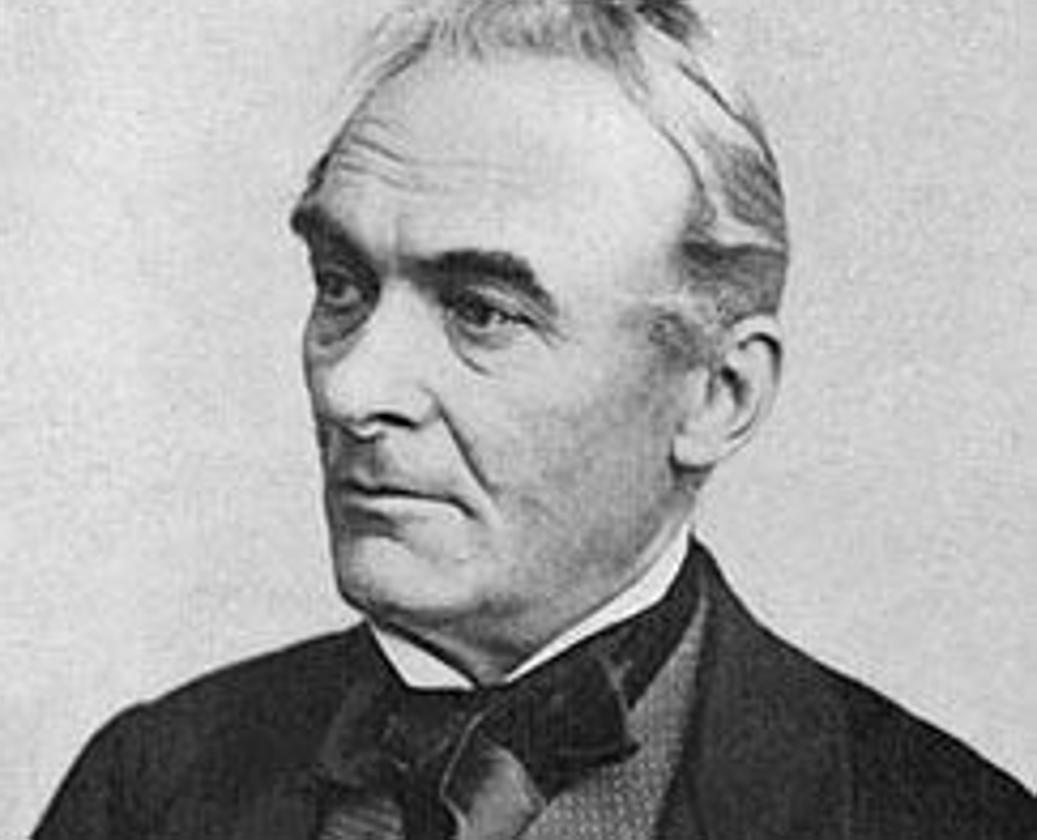Prosper Mérimée: A lasting romantic image of Andalucía
The French writer visited the region in 1830, and it was during this trip that he was told a story that inspired his novella, Carmen, his most celebrated work
Tony Bryant
Malaga
Friday, 11 July 2025, 10:40
Of all the foreign travellers and writers who visited Andalucía during the 19th century, Prosper Mérimée (1803 -1870) is the one who left behind the most romantic impression of the region. The French writer was part of the Romanticism movement that began arriving at the beginning of the 19th century. He was one of the pioneers of the novella, and his most celebrated was Carmen, a story set to a backdrop of the old tobacco factory in Seville and the mountain ranges of Ronda, and which focused on the seedy world of the 19th-century Andalusian Gypsies.
Mérimée arrived in Madrid in the summer of 1830, and in order to study Moorish architecture, he headed to Cordoba, and then to Seville and Ronda. Mérimée, who was a respected archaeologist and historian, befriended Count Cipriano Portocarrero, the father-in-law of Napoleon III. The two are said to have shared similar political views and an equal admiration for literature, but it was to be the count's wife, Eugenia de Montijo, who would influence Mérimée's most celebrated work.
On returning to Paris in January 1831, he began publishing accounts of his travels in Spain in the Revue de Paris: these included the first introduction to Carmen, a story based on a tale told to Mérimée by Eugenia de Montijo. A letter the writer sent to the countess stated that Carmen was inspired by the story of the "ruffian from Malaga" who killed his mistress after she had "consecrated herself exclusively to the public".
Mérimée recounts the story as if it had actually happened to him while visiting the country, although his Gypsy heroine would eventually become more famous than her author. Carmen has become part of Sevillian culture, which is why the city inaugurated the 'Carmen route'. The route takes visitors on a journey through some of the locations featured in the novella.
Malaga has also honoured the Frenchman with a street named after him in the Cruz de Humilladero district, along with a ceramic plaque in Ronda. This is not to mention the countless flamenco productions, theatre performances and films featuring what one critic described as "the very incarnation of vice".
Bizet's opera was also based on the novella, but it was not at first well received due to its controversial main characters.


Comentar es una ventaja exclusiva para registrados
¿Ya eres registrado?
Inicia sesiónNecesitas ser suscriptor para poder votar.